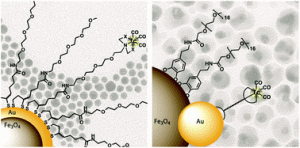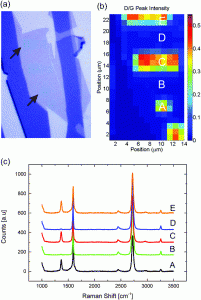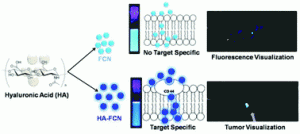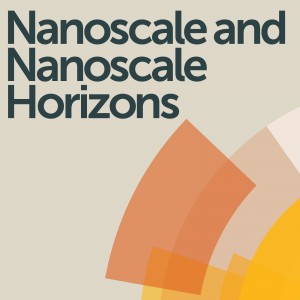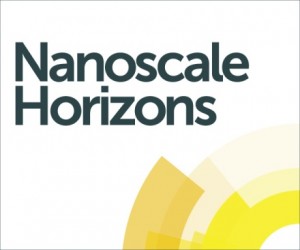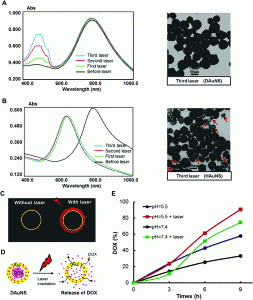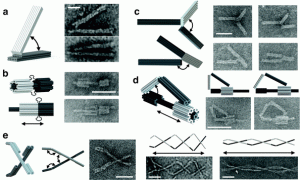Nanoscale is proud to collaborate with the 6th International Conference on Nanoscience and Technology (ChinaNANO 2015), which will be held at the Beijing International Convention Center in Beijing, China on 3-5 September 2015. The conference is organised by the National Center for Nanoscience and Technology, China. Professor Chunli Bai will act as the Chairman of the organising committee.
ChinaNANO 2015 aims to stimulate discussions on the forefront of research in nanoscience and nanotechnology, focusing on the following topics: carbon nanomaterials, inorganic nanomaterials and MOFs, self-assembly and supramolecules, nanocomposites and applications, energy and environmental nanotechnology, nanophotonics and optoelectronics, nanodevices and nanosystems, nanobiotechnology and nanomedicine, nanocharacterization and metrology, modelling and simulation of nanostructures, and the environment, safety and health of nanomaterials.
Submit your abstract now – the deadline is 30 April 2015. For more information, please see the conference website.













